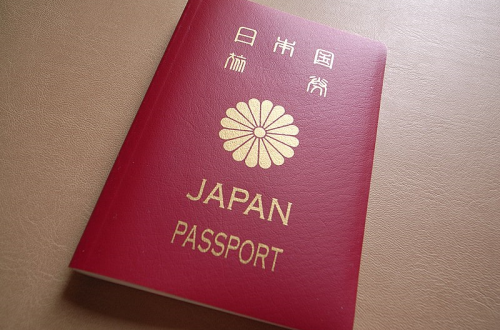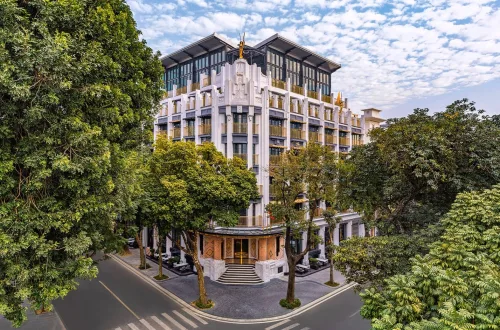
Seoul’s Bukchon Hanok Village to Implement Tourist Curfew to Curb Overtourism
Seoul’s Bukchon Hanok Village, a beloved historical area known for its traditional Korean houses (hanoks), is introducing a tourist curfew in an effort to alleviate the negative effects of overtourism. The new policy, which will limit tourist access during certain hours, is set to begin as a trial this month and will be officially enforced starting in March next year. The village, popular with both local and international visitors, has faced mounting pressure to protect its serene environment, making this restriction a significant step in managing tourism and preserving local quality of life.
The curfew will restrict access to selected areas of Bukchon from 5 p.m. to 10 a.m., a timeframe aimed at reducing nighttime disruptions and minimizing noise pollution. During these hours, only residents and authorized individuals will be allowed entry, while tourists and other visitors found in these restricted areas could face fines of up to KRW100,000 (about RM317). This measure aligns with a growing trend in cities around the world that are implementing similar policies to mitigate the adverse impacts of excessive tourism on historic neighborhoods and their residents.
Bukchon Hanok Village, nestled between the Gyeongbokgung and Changdeokgung palaces, has long been a scenic and cultural haven. Visitors are drawn to its narrow alleyways and well-preserved hanoks, many of which date back to the Joseon Dynasty. While tourism has revitalized the local economy and increased global appreciation for Korea’s cultural heritage, the influx has also led to issues of noise, overcrowding, and compromised privacy for residents who live in and maintain the historic homes.
One such resident, Kwon Young-doo, who runs a private art gallery within the village, expressed his concerns regarding the influx of tourists and the need for such regulations. “It’s a bittersweet development,” he said. “On one hand, it’s great that people are interested in Korea’s history and culture. On the other hand, the sheer volume of visitors has made it difficult for us residents to maintain our lifestyle without constant disruption. The curfew, I believe, is a necessary compromise.”
The curfew is expected to give residents a break from tourist crowds, offering a window of peaceful reprieve every evening and morning. Local authorities have implemented additional measures such as signage to inform tourists about noise limits and respectful behavior, aiming to enhance visitors’ awareness and encourage responsible tourism.
Despite these steps, some local businesses in Bukchon, particularly those dependent on evening visitors, have raised concerns over potential revenue loss. Small shops, cafes, and restaurants that cater to tourists worry that restricted access during peak hours may impact their businesses. To address these concerns, Seoul’s municipal government has announced plans to support affected businesses, including promotional programs to encourage daytime tourism and the establishment of new visitor management strategies.
Seoul’s decision to restrict access to Bukchon Hanok Village echoes similar moves made by other popular destinations worldwide. Venice, for example, has implemented an entry fee for day visitors, while Amsterdam has placed strict limits on short-term vacation rentals in residential areas. These efforts underscore a growing recognition of the delicate balance between tourism and the preservation of local communities and cultural heritage.
The new curfew in Bukchon Hanok Village represents a bold attempt to prioritize the needs of residents while accommodating tourism in a more sustainable manner. Although the policy may initially challenge both tourists and local businesses, it reflects an increasing commitment to protecting historic areas from the unintended consequences of overtourism.





